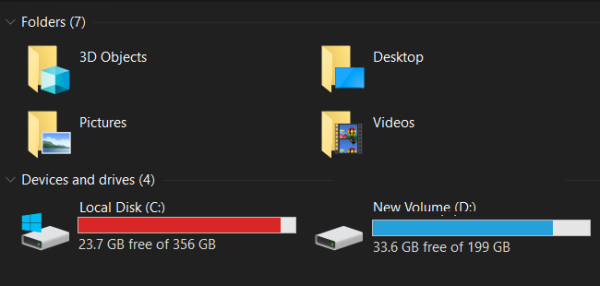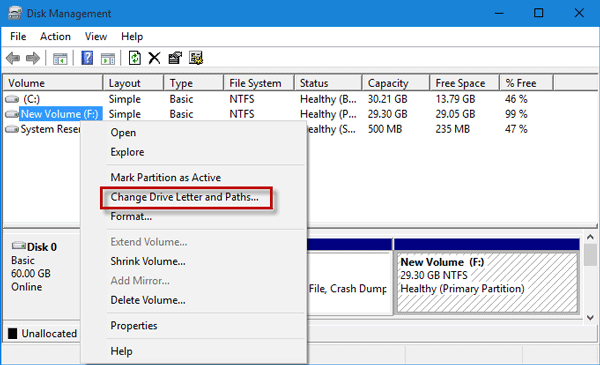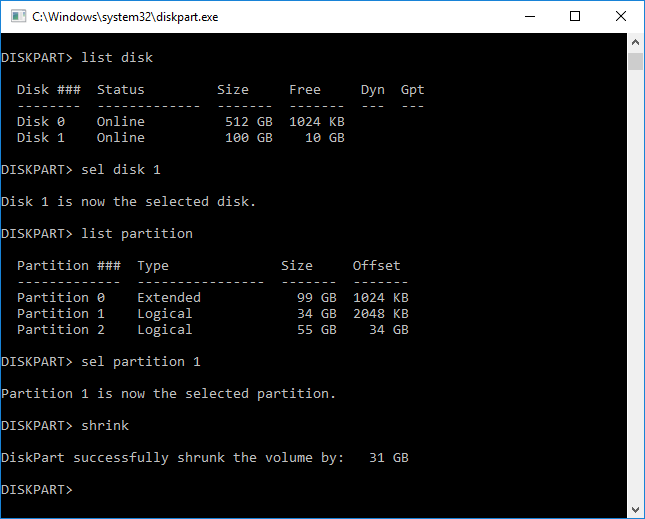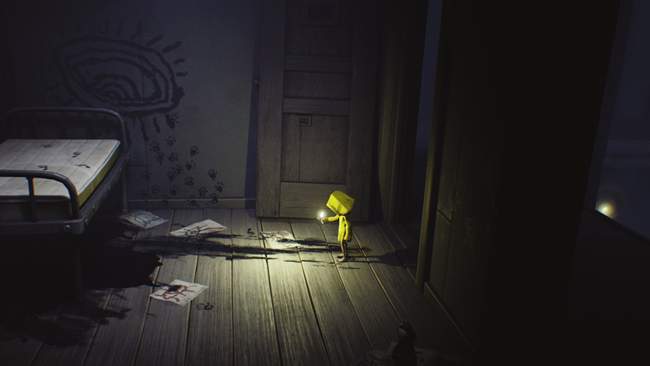

View that shows you a color-coded view of what’s using space. When you launch WinDirStat, you can tell it to scan all local drives, a single drive like your C: drive, or a specific folder on your computer.Īfter it finishes scanning, you’ll see three panes. On top, there’s a directory list that shows you the folders using the most space in descending order. Its interface allows you to see exactly what’s using space on your hard drive at a glance.


New partition format settings on Windows 10Ĭlear the Enable file and folder compression option.Īfter you complete the steps, the partition should format with the settings you specified, and it should now be available for use in File Explorer.WinDirStat is our preferred tool, and it’s probably all you’ll need. In the “Volume label” field, type a name for the drive-for example, Data. In the “Allocation unit size” setting, leave the Default option. Use the “File system” drop-down menu, and select the NTFS option. Select the Format this volume with the following settings option. Use the “Assign the following driver letter” drop-down menu and select a letter to make the drive available in File Explorer.Īssign a drive letter to the new partition on Windows 10 Specify the amount of space (in megabytes) for the partition in megabytes. Right-click the unallocated space on the drive and select the New Simple Volume option.ĭisk Management, New Simple Volume option Search for Disk Management, click the top result to open the app. If you did not use the remaining space, you could use these steps to create an additional partition to store files and other items:

(Usually, the “Drive 0” is the drive that contains all the installation files.) Select each partition in the hard drive to install Windows 10 and click the Delete button. Select the Custom: Install Windows only (advanced) option. Windows 10 setup, select edition to install If you skipped the product key, select the edition of Windows 10 that you’re about to install. Type the product key, or click the Skip button if you’re reinstalling Windows 10.Ĭheck the I accept the license terms option. As a result, it’s recommended to backup any files before proceeding. Also, this process will delete everything on the hard drive. For more accurate instructions, visit your PC manufacturer’s support website. This process usually requires pressing one of the function keys (F1, F2, F3, F10, or F12), the ESC, or the Delete key. Important: To start a device with a bootable USB flash drive, you need to change the BIOS settings.


 0 kommentar(er)
0 kommentar(er)
